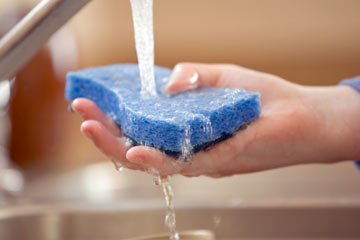 Follow my blog with Bloglovin
Follow my blog with Bloglovin
Every kitchen needs at least one good sponge for scrubbing pans, wiping counters, or cleaning the sink. A great sponge can go a lot of miles before it wears out, but there are a few things you should — and shouldn’t — do with it. Let’s go over 5 things you should know about your favorite kitchen sponge.
1. If it Stinks, Throw it Out
You’ve probably seen various methods that claim to sanitize a sponge. But when yours starts to stink, that’s a sure sign of bacteria growth. And you know what? Some types of bacteria can withstand those sanitizing methods. You might also be tempted to throw your sponge in with the laundry, but chances are, it’ll just make the rest of the load stink, too. You’re better off to buy cheaper sponges that you can throw out when they get smelly. In fact, replacing your sponge weekly is a good practice, whether it stinks or not.
2. Don’t Boil or Microwave
Studies show that trying to sanitize a sponge by washing, boiling, or microwaving actually isn’t effective, and could even promote the growth of certain bacteria. You wouldn’t want to waste your time cleaning a sponge when it doesn’t do much good, would you?
3. Avoid Cross Contamination
You probably know not to wipe your counter with the same sponge you used to clean out your roasting pan. To avoid contaminating different surfaces, try using a different colored sponge for cleaning different things; “clean jobs”, one for dirty jobs like cleaning up meat juices. Just don’t store them together! Try using a rack instead.
4. Let ‘Em Dry
Never leave a sponge in a sink or other wet area. Wring it out completely and place it in a dry and open area so it can dry out fast. This will slow the growth of bacteria.
5. Sanitize With Bleach
If you really want to sanitize that kitchen sponge, there are some better ways to do it. One way involves a bleach and water soak. If you are going to microwave yours (though it won’t kill everything), you need to do it a certain way for safety.


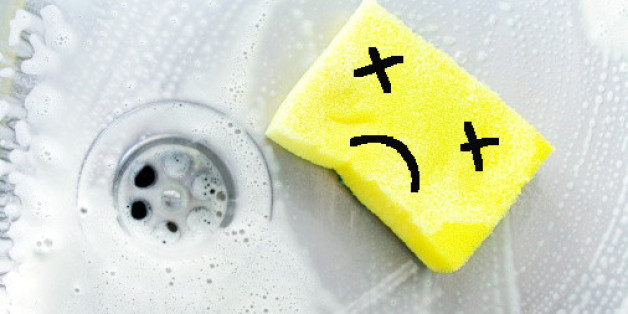
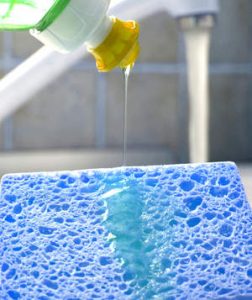
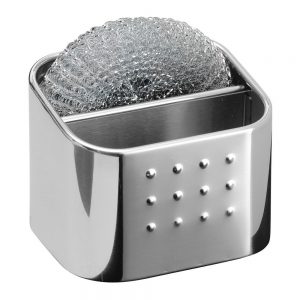
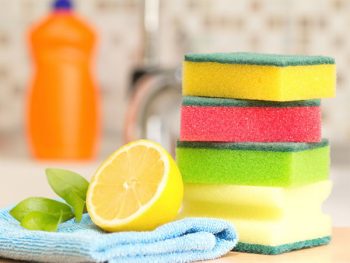
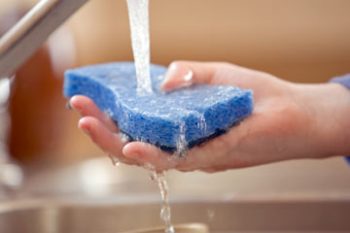
Leave a Reply